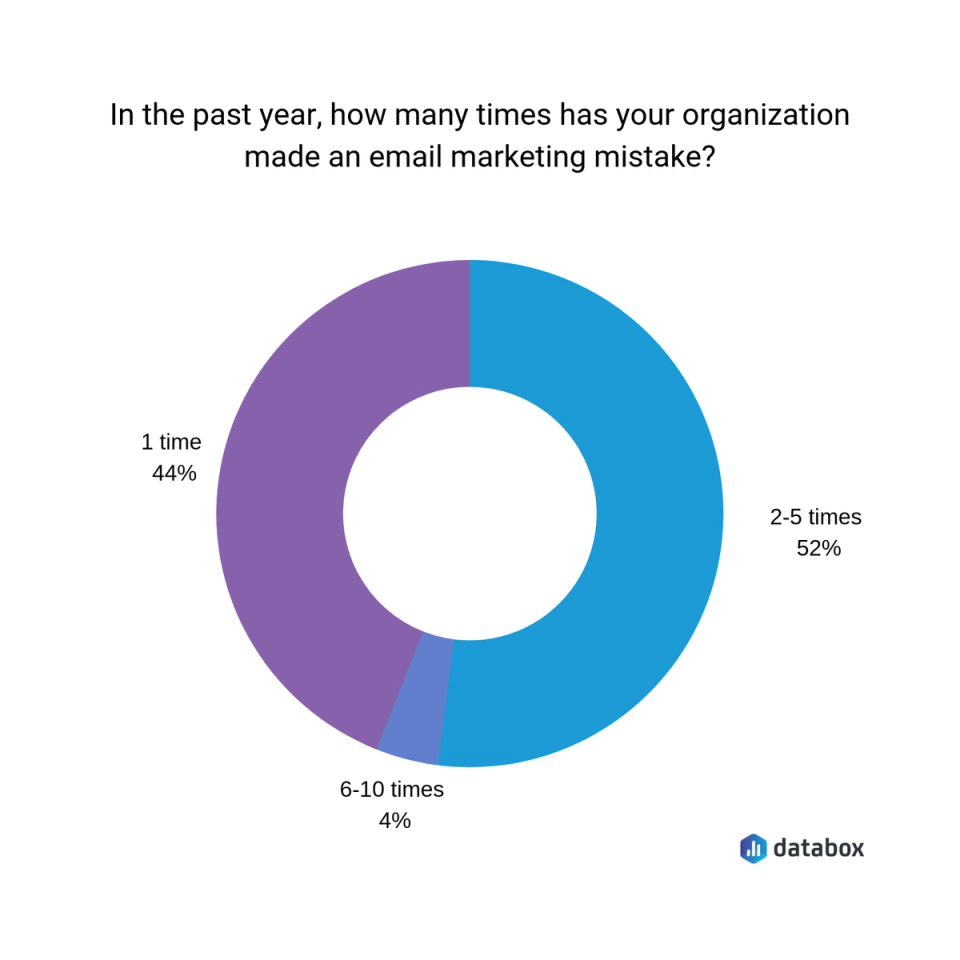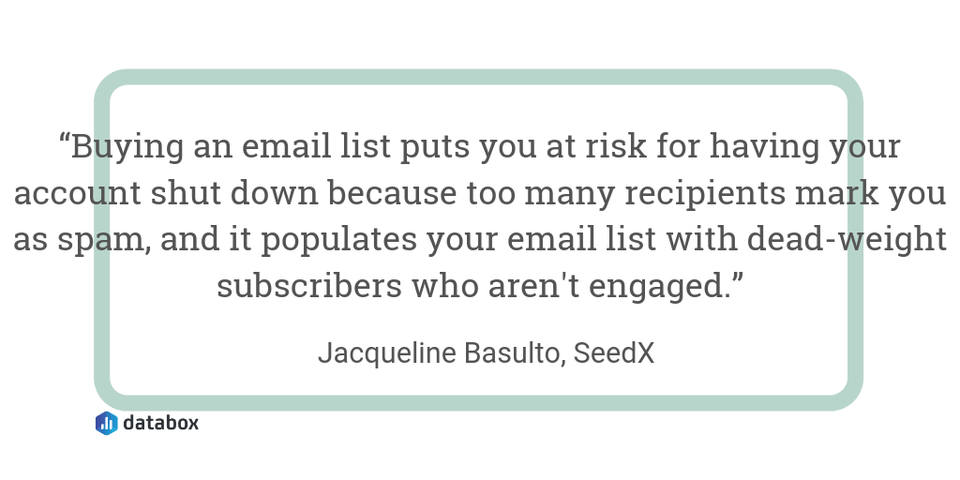Email marketing mistakes fall on a spectrum that spans from “oops” to absolute disaster.
Sending an email with a broken link lands on the “oops” side of the spectrum. Sending an email advertising an out-of-stock product probably lands somewhere in the middle. Giving a list a disparaging name that people can see when they unsubscribe—that’s a disaster.
But these are all mistakes that many marketers have made.
For our latest survey, we asked 51 marketers to tell us more about the mistakes they’ve made when sending marketing emails. The most common mistakes include sending an email with a broken link or image, accidentally sending the wrong email, and sending an email to the wrong list:

The most common mistakes are all more on the “oops” side of the spectrum, but when you make them, it still feels like a disaster. After all, you sent your mistake to hundreds—maybe even thousands—of people who you can only imagine are all sitting around complaining about or laughing at your email.
But the truth is that email marketing mistakes are pretty common. In fact, more than half of our respondents have made 2-5 mistakes in their marketing emails in the last year:

Even the most experienced email marketers make a mistake from time to time. But usually, what matters more than the mistake is how you recover from it.
To help you avoid making these mistakes, recover from mistakes after you’ve made them, or maybe even just help you feel better about the mistakes you’ve made, we asked our respondents to tell us about the mistakes they’ve made—and how they overcame them.
Here are the 22 email marketing mistakes our respondents have made, how they avoid making those mistakes again, and ways to overcome mistakes if you’ve already made them.
…
11. Sending to Purchased Email Lists
“One email marketing mistake we’ve made and seen countless people make is purchasing an email list to market to,” says Jacqueline Basulto of SeedX.
“When you buy an email list, you’re reaching out to a large number of people who may or may not (usually not) want to receive emails from a company or brand they’re unfamiliar with.”
“This puts you at risk for having your email account shut down because too many recipients mark you as spam, and it populates your email list with dead-weight subscribers who aren’t engaged or adding to your community.”













